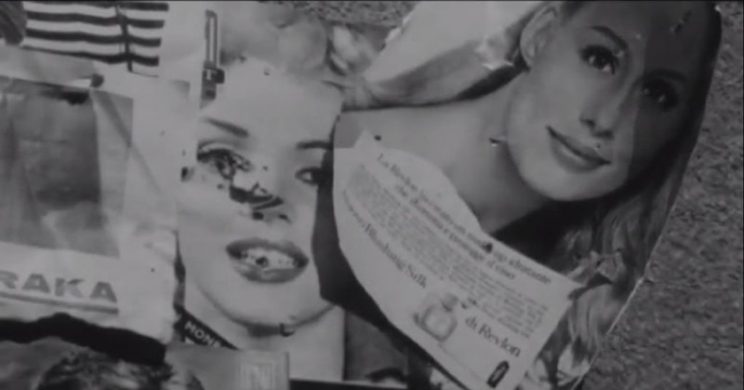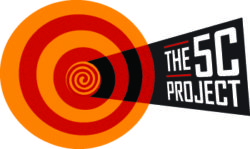On boredom, suppressed desire and mundane evil
Only after seeing the black and white experimental miniature “Afternoon / Shotgun” (1967) by Lordan Zafranovic, I realized that its double-faced title contains the two possibly most accurate key words describing the atmosphere and the action in the film. Unlike in classic narrative where the conflict usually emerges out of situations or direct clash between characters, the ambience and its overall mood is the necessary environment which triggers the action in this film. And once pulled, the trigger of the plot results a gunshot on screen. In this case, literally.
Afternoon. Heat, intense light, a feeling of exhaustion. The sun strikes directly into the body, hits the brain, pierces the temples. Obviously, people are surviving an oppressively hot summer day in Split. A young man is killing time and boredom aiming objects with a gun from his balcony. He is the master of the game and, of course, has an assistant – a little boy who supplies him with targets among which appears a helpless sparrow. The bird will soon lose its life falling a victim of this pointless play, so undercover aggression gets released and life goes back to the superficial calmness of its brutish monotony.
There is no apparent motivation for the main character´s deed. The elementary logic at a glance brings us no further than the afternoon heat. But the visual ambience of the film does not let the careful observant stay at this basic level of analysis. In the visual description of the environment focusing on random faces (the old woman) and objects (dead fly on the sparrow) some magazine photos of female breasts are slipping in. And the fable emerges namely out of this poetics of mundane details. Without necessarily using the tools of associative montage in this sequence, Zafranovic provokes viewer´s associative thinking by interposing the hint that the reason for the unreasonable crime might be a suppressed sexual desire. This explanation fits in the context of the director´s further work: “Afternoon / Shotgun” is just the beginning of his interest in the Eros and Thanatos relationship as he would research the causal connection between sex and violence later in his career, more explicitly in “Occupation in 26 Pictures” (1978).
Although it has been shot as an experimental exercise in the amateur context of the Split cinema club, “Afternoon / Shotgun” appears to be aesthetically predictive for the Yugoslavian Black Wave style of ironic dark humor as it shows the dark side of otherwise bright Mediterranean Split in the oxymoron ambience of sunny day. While in terms of content, the miniature´s relevance is universal – could be seen as an initial scratch on a profound cinema research on the theme of suppressed evil which goes on until today in the works of Michael Hanneke, for example.
